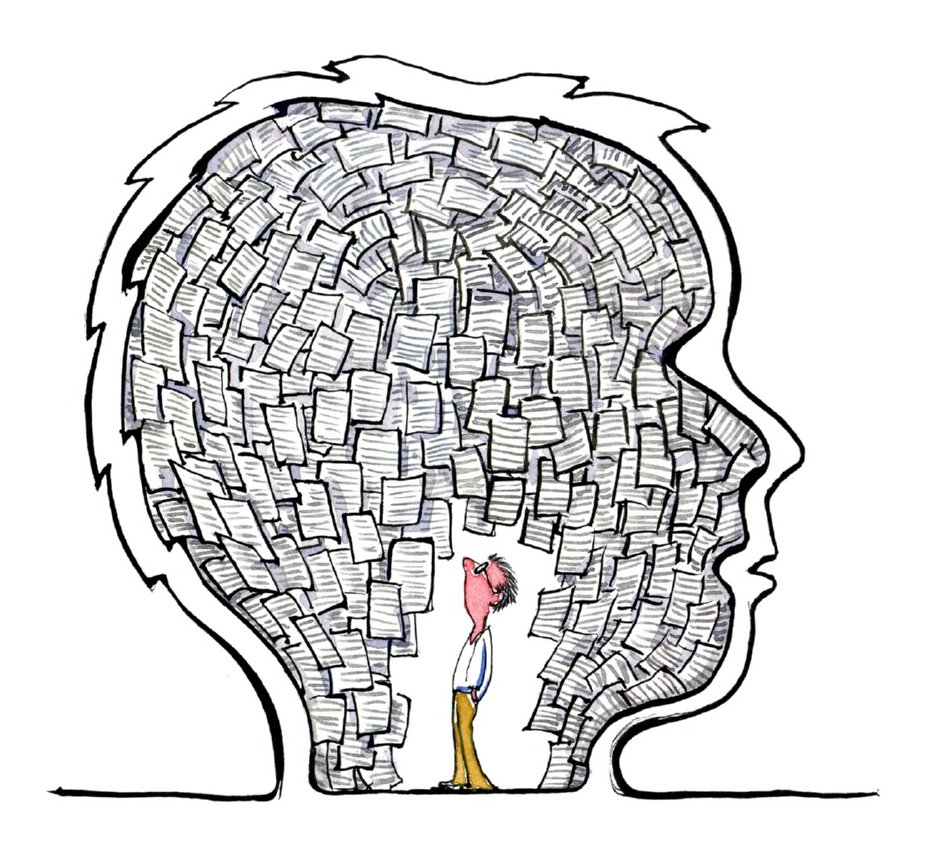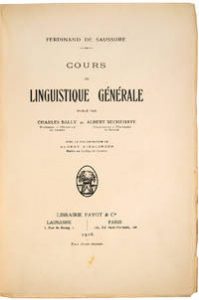Theoretical Concepts: Semiotics and Cultural Bias
Course subject(s)
1. What is your IMAGE|ABILITY ?
Semiotics and Cultural Bias
Every module we aim to inspire you with an explanation of the theoretical concept.
Semiotics and cultural bias are the two main themes for this module. But why?
If you want to visualize the unimaginable, you have to take people’s cultural backgrounds into account. All people have different views of reality. They might share a lot of common concepts, but still there are also many differences. Misunderstanding can easily happen.
Language comes in many forms. It can be spoken, written, or it can be image-based. The latter is also known as ‘visual language’. A well-known saying is: ‘A picture is worth a thousand words’. While visual language can be very useful and efficient, there is probably even more chance of misinterpreting images than words.
Images, as well as words and other messages and all kinds of senses, evoke associations. Through associations we match and we mismatch perceptions with concepts already established in our mind. We constantly associate. That’s the way we build our inner reality.

People do not keep the same concepts in mind. We are all different. If we want to communicate, we have to find some commonality in concepts and associations. When there is a conversation going on, we can exchange ideas and we can repair the misconceptions by asking for elaboration and by confirming whether we understand each other.
So here is the problem: pictures lead their own lives and we cannot constantly be around in order to correct the (mis)interpretations of our pictures. Therefore pictures must tell their own story and if they are misinterpreted, the author of the picture has a communication problem.
The problem of meaning and the difference between sign, the signifier and the signified was understood by Ferdinand the Saussure. In this Theoretical Concepts part of the course, we would like to draw your attention to one book that collects the thoughts and lectures of Ferdinand the Saussure. This reference is for further reading and not obligatory for this course!

To understand the essence of semiotics and the possible (mis)matches in languages, we have selected two YouTube video’s that cleverly explain this topic.
- Watch the first video from 1m14s to 9m07 (or more if you like). Very Short Introduction to Semiotics. Presentation made for the class “Intercultural Communication” at the CIEE centre in Amman. By qweruilp.
- And watch the second video from 30s to 3m52 (or more if you like). Animating Poststructuralism, by Christopher Bolton, Animation by Galen Corey (Williams ’14).

Image|Ability - Visualising the unimaginable by TU Delft OpenCourseWare is licensed under a Creative Commons Attribution-NonCommercial-ShareAlike 4.0 International License.
Based on a work at https://ocw.tudelft.nl/courses/image-ability-visualizing-unimaginable/.



